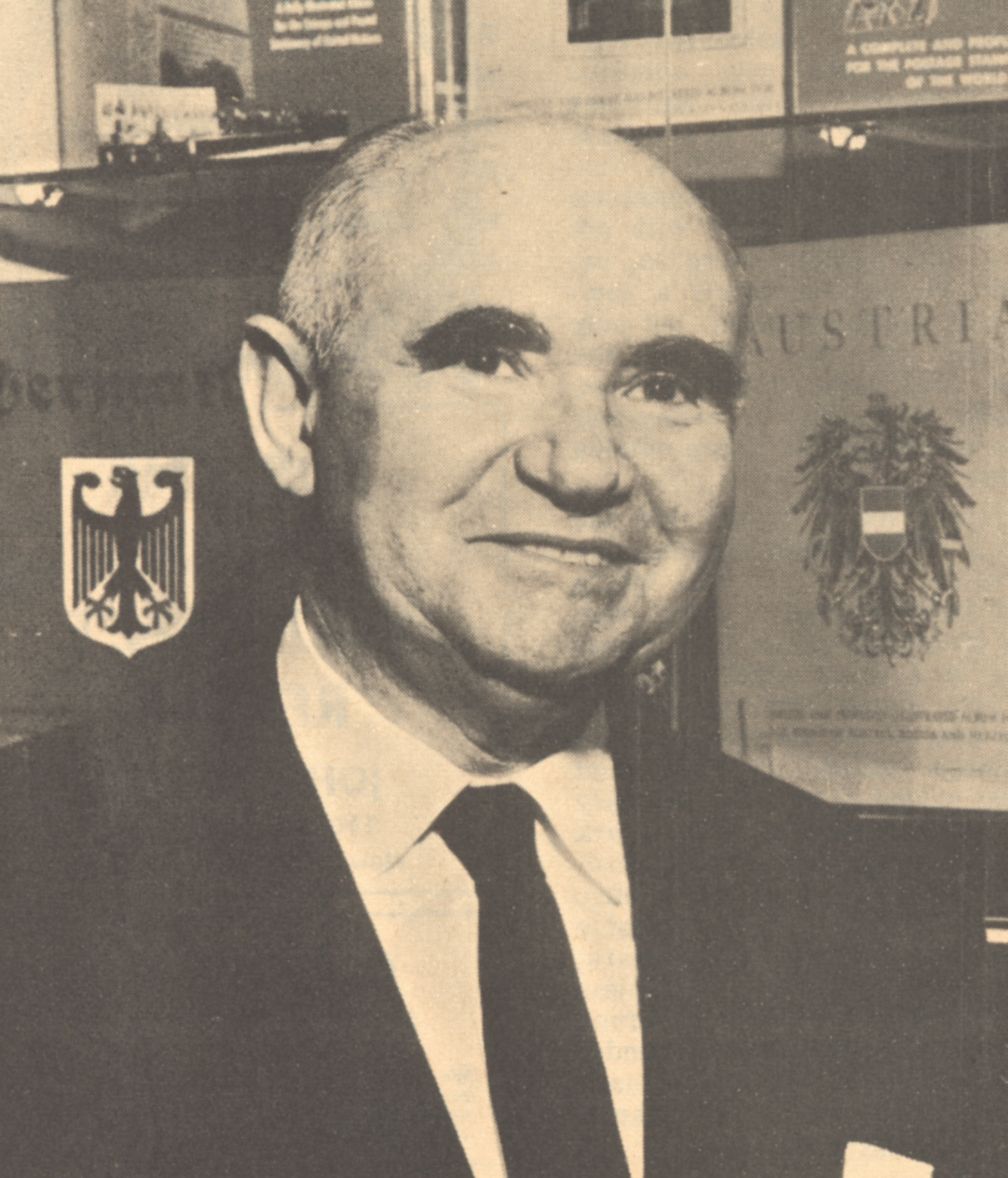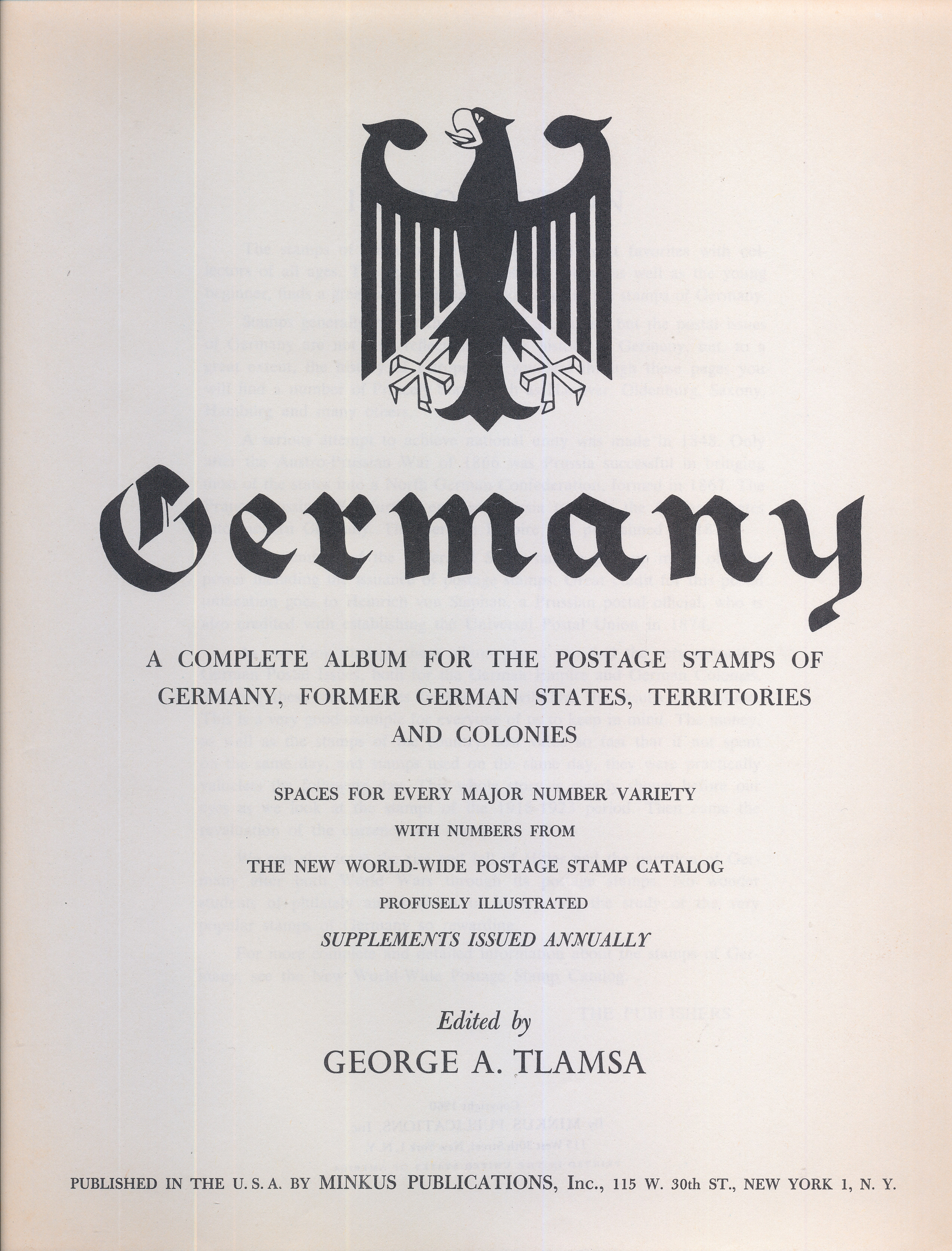 The first three decades of the last century were popular years for the hobby of philately. Hundreds of stamp stores opened on Nassau St. (in lower Manhattan) alone. The United States Post Office was actively promoting the hobby with various issues in the late 1920’s, commemorating the sesquicentennial of various Revolutionary War themes. The so called “plate block play” provided fuel. Here’s how it worked: Plate block collecting was very popular, and Post offices were not allowed to sell only the plate blocks from sheets to postal patrons because of the fear that customers would demand only the plate blocks from sheets. Singles could be sold or full sheets. Businesses had no postage meters back then, so they bought large numbers of sheets for their mail. It was a good profit for a mail clerk to buy the plate block out of a sheet for 12¢ that he could later sell for 50¢. The prospect of profit was one of the drivers of philately’s early popularity. But stamp collecting had still not entered the mainstream. Someone had to be looking for stamps, either in a stamp shop window or in an ad in BOY’s LIFE magazine in order to spark an interest. This all changed in 1931.
The first three decades of the last century were popular years for the hobby of philately. Hundreds of stamp stores opened on Nassau St. (in lower Manhattan) alone. The United States Post Office was actively promoting the hobby with various issues in the late 1920’s, commemorating the sesquicentennial of various Revolutionary War themes. The so called “plate block play” provided fuel. Here’s how it worked: Plate block collecting was very popular, and Post offices were not allowed to sell only the plate blocks from sheets to postal patrons because of the fear that customers would demand only the plate blocks from sheets. Singles could be sold or full sheets. Businesses had no postage meters back then, so they bought large numbers of sheets for their mail. It was a good profit for a mail clerk to buy the plate block out of a sheet for 12¢ that he could later sell for 50¢. The prospect of profit was one of the drivers of philately’s early popularity. But stamp collecting had still not entered the mainstream. Someone had to be looking for stamps, either in a stamp shop window or in an ad in BOY’s LIFE magazine in order to spark an interest. This all changed in 1931.
 Jacques Minkus was the man who changed all this and literally put stamp collecting on the first floor of the New York Gimbels department store. Gimbels was arguably the biggest retailer of the time. Along with Sears and Macy’s, these three companies dominated American retailing in 1930 the way Wal-Mart, Costco, and Target do today. Minkus was born in Poland in 1901 and had a rather hardscrabble life. His parents both died in his early teens, and he moved from Poland to Germany to France immigrating to the United States in 1929. Minkus was not a stamp collector; he was an entrepreneur. He originally worked in publishing and saw that a line of stamp albums could be produced cheaply and profitably and soon began printing them and selling them to stamp dealers. Shortly thereafter, he added packets of several thousands of different stamps to his albums and sold them under his own name. The success of this venture encouraged him to approach Gimbels with the idea of a concession stamp counter.
Jacques Minkus was the man who changed all this and literally put stamp collecting on the first floor of the New York Gimbels department store. Gimbels was arguably the biggest retailer of the time. Along with Sears and Macy’s, these three companies dominated American retailing in 1930 the way Wal-Mart, Costco, and Target do today. Minkus was born in Poland in 1901 and had a rather hardscrabble life. His parents both died in his early teens, and he moved from Poland to Germany to France immigrating to the United States in 1929. Minkus was not a stamp collector; he was an entrepreneur. He originally worked in publishing and saw that a line of stamp albums could be produced cheaply and profitably and soon began printing them and selling them to stamp dealers. Shortly thereafter, he added packets of several thousands of different stamps to his albums and sold them under his own name. The success of this venture encouraged him to approach Gimbels with the idea of a concession stamp counter.
The first Minkus concession was opened in the New York Gimbels in 1931, and by 1960, Minkus had opened counters in over 38 department stores nationwide. Many of today’s older collectors got their first taste of philately from Minkus. He sold stamps; he produced albums and even published, beginning in 1955, his own general stamp catalog to compete with the Scott catalog. He never lost sight of the fact that the hobby needed to be fun and that at its entry level at least, the hobby needed to be inexpensive. Dealers today still look for collections in old Minkus albums. Most are often low end and have little philatelic value. But many serious collectors used Minkus albums and made valuable collections that were put away many years ago and still are on book shelves in their homes. If you have one, we would be interested in talking to you about buying it.
